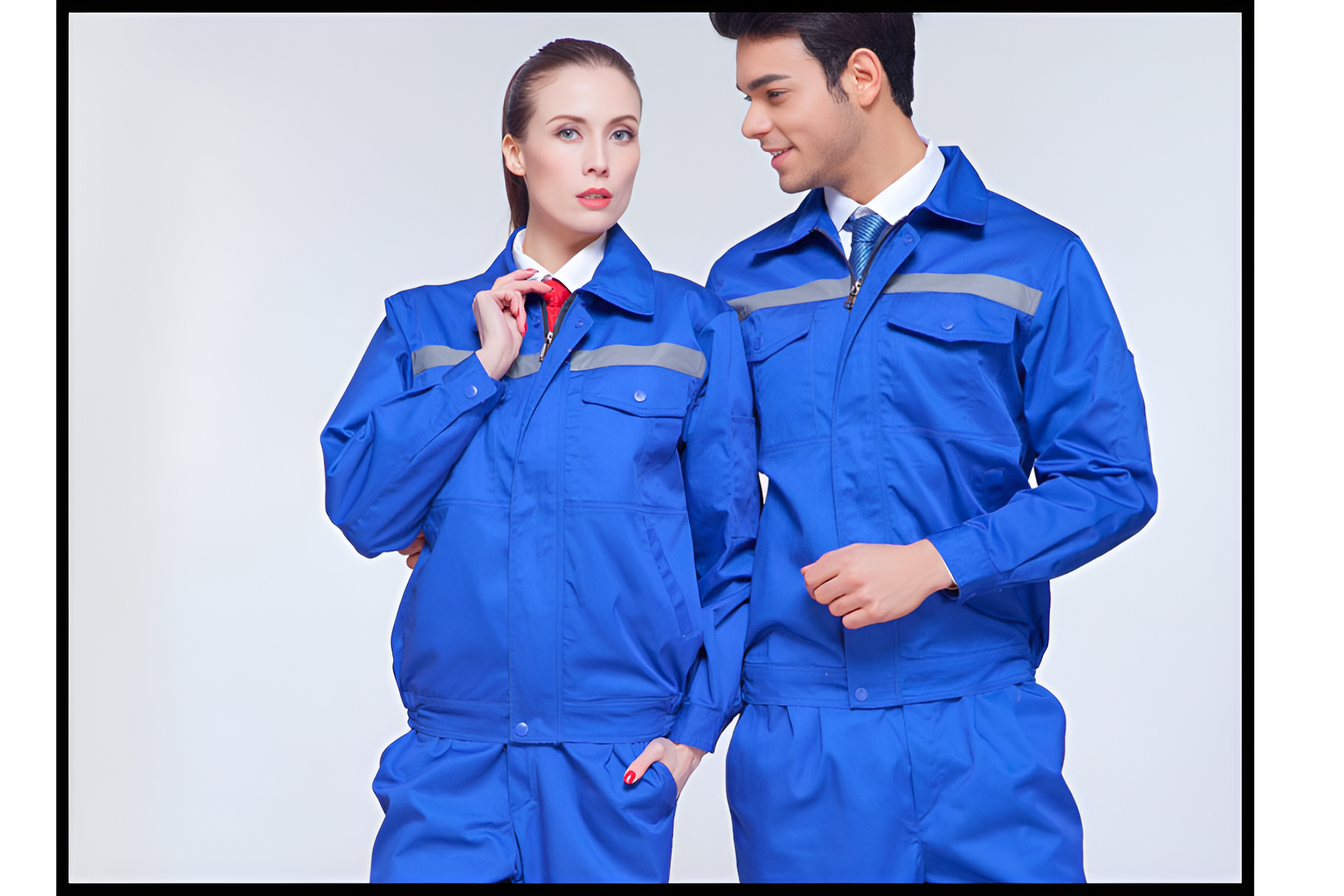Technical Uniform
The Uniform Studio
Technical uniform in Riyadh
A technical uniform is made specifically to satisfy the performance, safety, and functional needs of particular occupations or settings. Industries like engineering, construction, manufacturing, aviation, medicine, the military, and emergency services frequently use these outfits. The features and components of a technical uniform are described in detail below:
1. Fabric and Material
a. Durable
Made from high-strength materials like ripstop cotton, polyester blends, Nomex (for flame resistance), or Gore-Tex (for water resistance).
b. Breathable
Often includes mesh ventilation zones for airflow.
c. Weather-resistant
Some are waterproof, windproof, or UV-protected.
d. Flame-retardant or anti-static
For environments with fire or electrical hazards.
2. Color and Visibility
a. Standard Colors
Neutral (e.g., navy, grey, or khaki) or industry-specific (e.g., blue for maintenance, orange for construction).
b. High-Visibility (Hi-Vis)
Fluorescent colors (neon yellow, orange, and green) with reflective tape for night or low-light work.
3. Design and Fit
a. Ergonomic Cut: Allows full range of motion (articulated knees, gusseted underarms).
b. Reinforced Areas: Double-stitched seams, elbow/knee reinforcements, and abrasion-resistant panels.
c. Adjustable Elements: Velcro cuffs, elastic waistbands, zip-off sleeves or pant legs.
d. Layering Compatibility: Can be worn over base layers or under outerwear like harnesses or safety vests.
4. Functional Features
a. Multiple Pockets: Chest, thigh, sleeve, and tool pockets—often with secure closures (zippers, snaps, or Velcro).
b. ID/Badge Holders: Transparent pockets or clips for ID cards.
c. Tool Loops and Holders: Designed to carry tools, radios, or equipment hands-free.
d. Zippers & Closures: Heavy-duty, rust-resistant zippers and snap buttons.
e. Ventilation Zones: Mesh underarms, back flaps, or moisture-wicking linings.
5. Safety Features
a. Reflective Strips: ANSI/ISEA or EN ISO certified for high visibility.
b. Padding: Built-in kneepads, elbow protection, or impact zones.
c. Fire-Resistant Materials: Used in firefighting, welding, and oil/gas industries.
d. Anti-static Threading: For work around sensitive electronics or explosive materials.
Blog Post
Related Tag
aviation uniform1
coat pant1
Construction uniform1
construction uniform riyadh1
cook jacket uniform1
cook uniform0
corporate uniform1
corporate uniform in riyadh1
corporate uniform tailor1
hotel uniform1
hotel uniform in riyadh1
industrial uniform1
industrial uniform in riyadh1
industrial uniform shop in riyadh1
kitchen staff1
ladys coat0
ladys office uniform1
madarsa uniform0
mens coat1
mens office uniform1
mens's suit0
office uniform1
pant & shirt1
pilot uniform1
restaurant uniform1
restaurant uniform in jeddah1
restaurant uniform in riyadh1
restaurant uniform near me1
riyadh uniform0
safety uniform2
safety uniform in riyadh1
salon uniform1
saloon uniform0
school uniform1
school uniform near me0
spa & salon uniform1
spa uniform0
tailor shop near me1
technical uniform1
technical uniform in riyadh1
technical uniform shop in riyadh1
unifor riyadh0
uniform corporate1
uniform in riyadh1
uniform riyadh6
uniform shop2
uniform shop in riyadh1
uniform supplier in riyadh1












